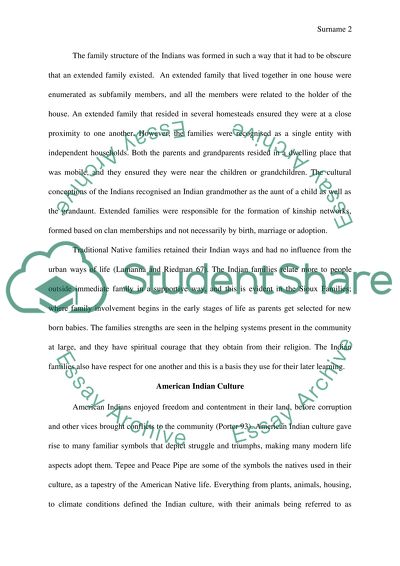Cite this document
(“American Indian Research Paper Example | Topics and Well Written Essays - 2000 words”, n.d.)
Retrieved de https://studentshare.org/english/1468016-american-indian
Retrieved de https://studentshare.org/english/1468016-american-indian
(American Indian Research Paper Example | Topics and Well Written Essays - 2000 Words)
https://studentshare.org/english/1468016-american-indian.
https://studentshare.org/english/1468016-american-indian.
“American Indian Research Paper Example | Topics and Well Written Essays - 2000 Words”, n.d. https://studentshare.org/english/1468016-american-indian.


